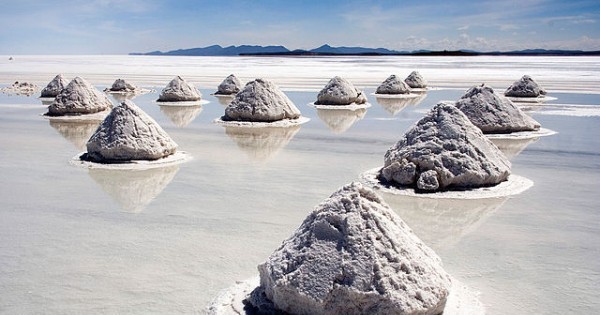
My father, Winslow Long, is 90 years old. He spent several decades working as a dairy farmer. Then he went to college, graduated, and became an accountant. He’s well read (we’ve been reading Hemingway, Emily Dickinson, and Charlotte Perkins Gilman in conjunction with Teaching Company lectures), and he’s a cognoscente of trees and other plants. He’s an active member of the local Friends Meeting. He walks every day and attends exercise class. He commits poems to memory and on his 90th birthday declaimed Robert Frost’s “Birches” to the assembled celebrants.
The other day, in Seattle, my father and I went to lunch at a famous-all-over-town Japanese restaurant and sushi bar. We started with miso soup, which was seriously delicious, then dug into stir-fried noodles with calamari, shrimp, and vegetables. Yum. After lunch we went our separate ways. That night, in order to breathe, my father sat up all night. At 5 a.m., when (not before) the light came on next door (my sister’s house), he went over. They sped him to the ER.
Diagnosis: salt. Delectable salt-saturated sauces. Salt causes the body to retain water. If you have congestive heart failure, as he does, your heart can’t pump excess liquid to the kidneys and it builds up in the lungs. You can’t breathe.
Salt, as Mark Kurlansky puts it in his book Salt, is the only rock we eat. Our bodies need it, and the bodies of other animals need it too. Having grown up on a farm, I remember saltlicks set at the edges of fields: pure white bricks of salt with a dip on top made by cow tongues.
Salt is obtained from salt mines or else from evaporating brine. It rock-salts winter roads, thickens shampoo, cures concrete, preserves cod, cures ham, flavors soy sauce and Tabasco sauce, and salts our supper, among many other uses.
What is it? In chemical terms, table salt is a binary compound, the marriage of a soapy-like base (sodium, or Na), and a sour acid (chlorine, or Cl). The two make a tight bond.
Imagine an atom. Its nucleus contains positively charged protons. An equal number of negatively charged electrons are spinning around, attracted to the protons in the nucleus. Sodium (Na) has 11 protons and 11 electrons. Chlorine has 17 protons and 17 electrons. Note the uneven numbers.
Electrons spin in pairs. The pairs spin in regions around the nucleus called orbitals, and orbitals occur in levels called shells. Picture concentric rings around a bull’s-eye. Atoms with their shells all filled are stable, but atoms in which the outermost shell (called the valence shell) contains one or more unpaired electrons (so the shell is not filled) are unstable. Any unpaired electron wants to join with another electron.
Sodium has one electron—unpaired—in its outer shell, and chlorine needs one electron to fill its outer shell. The marriage is quickly arranged. This leaves sodium as an ion: it has more protons than electrons and thus a positive charge. We need salt in part because sodium—that positive ion—is a key conductor in the body’s electrical systems, crucial to signaling in the brain.
Our bodies contain enough salt to fill three or four saltshakers, but the stuff constantly washes away in urine, sweat, and tears. We can’t produce it. If, somehow, we lost access to salt, we would expire. But there’s little chance of that. Most processed foods—from crackers to cheese to salad dressing—contain a load of sodium. Most of us get too much salt.
Including my father. He came through okay, but has had to give up those scrumptious salt-saturated Asian sauces. But not me. Not yet.

